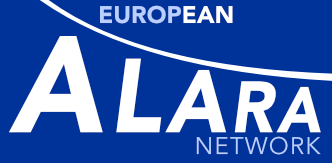ERPAN (European Radiation Protection Authorities Network) carried out a survey in April 2010 on how dose constraints, as defined in the EU Directive are applied in the non-nuclear energy sector across Europe. The following questions were sent to the participants to the network.
- Does your country use dose constraints in the context of occupational exposures (non-nuclear sector)
- If so what are they called?
- Are occupational dose constraints mentioned in national legislation/regulations?
- If so, please provide a reference to the relevant regulations?
- Please provide (in English) the actual wording used in the regulations?
- For what industries, processes, tasks, types of workers – all workers? the most exposed workers? specific categories of workers? etc. – are dose constraints used?
- How are dose constraints used in practice?
- Why are dose constraints introduced?
- What are the benefits of introducing dose constraints?
- Who sets dose constraint (utilities or authorities)?
- How are dose constraints set e.g. for a set of sources or for individual sources?
- Are dose constraints “misused”, for example implicitly or explicitly as secondary limits (to dose limits)?
- Are dose constraints used as a regulatory instrument?
- Who manages performance against dose constraints and other occupational radiation protection criteria?
- In what context are dose constraints set: for sites (refers to design) or for tasks (refers to operation)?
- How are dose constraints fixed, implemented, and controlled in each of these cases?
- In practice, has enforcing (individual) dose constraints resulted in negative consequences (e.g. higher collective doses, increased costs, etc.)?
- What approaches have proven successful in discussing dose constraints between regulatory authorities and licensees?
- Have you any experience in balancing occupational radiation protection dose constraints with the management of other risks (e.g. industrial, chemical/biological safety issues)?
Answers from 11 countries were received: Belgium, France, Greece, Ireland, Luxembourg, Norway, Slovenia, Spain, Sweden, Switzerland and the UK. The detailed answers can be found in the Appendix 1 of the EGOE (Expert Group on Occupational Exposure of the CRPPH - Committee on Radiation Protection and Public Health) report on dose constraints. EGOE case study 2.

